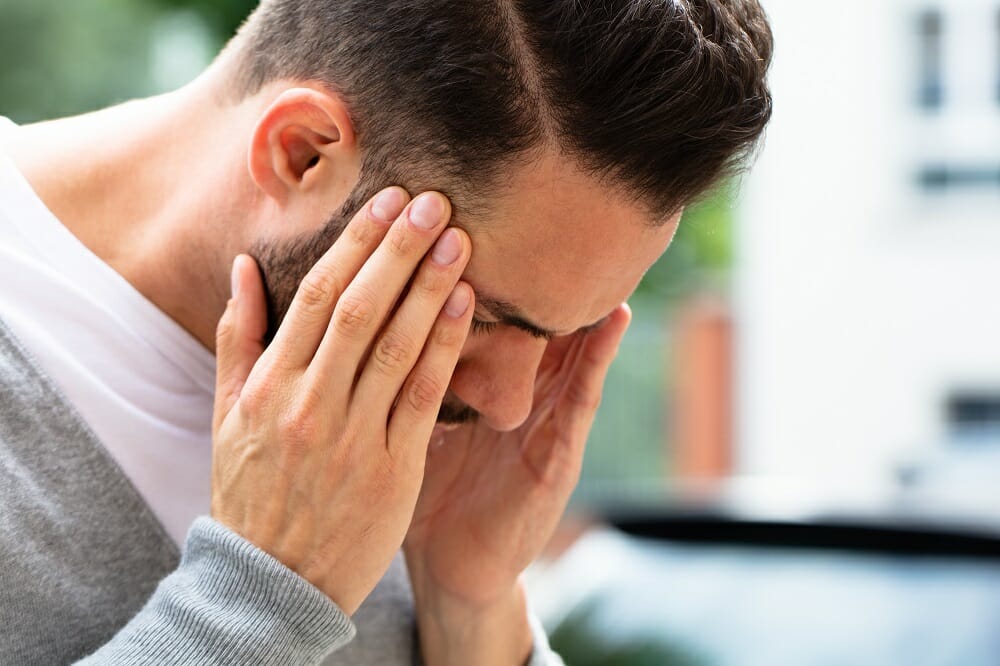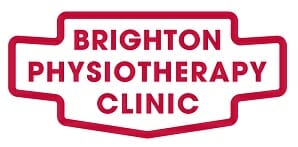Treatment for Migraines
Migraine is a headache disorder that causes a throbbing sensation in one part of the head. This throbbing sensation occurs as a recurrent headache and can last from anywhere between 2 to 72 hours. Besides the persistent pain, migraines may be accompanied by nausea and sensitivity to sound or light.
Migraines affect about 15% of people globally. They commonly start around puberty and become worse during middle age. There is no specific cause, but the pain is sometimes made worse by physical activity. Physiotherapy and chiropractic treatments are employed in managing migraines. Analgesics such as ibuprofen and paracetamol are also administered, at the onset, to provide relief for the pain.
Types of Migraine
There are several types of migraine, mostly identified by their symptoms and triggers. Some common types of migraine include:
Migraine with Aura
Some migraine occurrences are preceded by a visual disturbance, which is regarded as one of the major signs of the disorder. This visual disturbance, the aura, lasts for a short period of time and can occur with no headache following it. 30% of migraine cases are migraines with aura.
Menstrual Migraine
Menstrual migraine attacks can be linked to the menstrual cycle. This affects less than 10% of women and is believed to be a result of falling levels of oestrogen. The condition is different from menstruation-triggered migraines, and lasts longer than other types.
Migraine without Aura
This is the most common type of migraine as it is prevalent in more than 70% of cases. In migraine without aura cases, the headache and pain are not preceded by an aura. Migraines without aura can also occur without other known symptoms. Without physiotherapy or appropriate treatment, this type of migraine can last up to 72 hours.
Hemiplegic Migraine
Hemiplegic migraines are a rare type of migraine experienced mostly by adults. With hemiplegic migraines, the headache is accompanied by weakness or paralysis in one part of the body. The symptoms are similar to those of a stroke, but the paralysis normally wears off after 24 hours. The headache can be absent in some cases.
Abdominal Migraine
Abdominal migraine is mostly seen in children and young adults. The condition presents normal signs of migraine (headache and nausea) and also abdominal pain.
Migraine Aura without Headache
In this type of migraine, an aura and other symptoms are noticed, but without the headache. A tingling or numbing sensation in the arms and legs might also be noticed.
Migraine Phases
Most migraine cases occur in four phases:
- The Prodrome phase: This heralds the onset of the migraine and can occur two days before the headache.
- The Aura phase: The visual disturbance that occurs just before the headache stage.
- The Pain phase: The actual phase in which the headache occurs. In basilar migraine, the pain may be accompanied by neurological symptoms.
- The Postdrome phase: Used to describe a range of other symptoms that take place after the headache. These symptoms sometimes include a feeling of a hangover.

Causes and Triggers
There is no known underlying cause behind migraines. The disorder, however, has been linked to genetic and environmental factors. Some common migraine triggers include stress, hunger, light, sound, dehydration, disrupted sleep, medications, and certain foods.
Signs and Symptoms
For each migraine phase, there are several symptoms that may be experienced. Constipation, food cravings, and frequent thirst may occur in the prodrome stage. The aura and pain stage have symptoms such as throbbing pain, blurred vision, light/sound sensitivity, and difficulty in speaking. Symptoms that may occur in the postdrome stage include dizziness, confusion, and a feeling of being hungover.
Risk Factors
Factors such as family, age, and hormonal changes can make one susceptible to migraines. Women are also three times more likely to have migraines than men.
Complications
Once the symptoms of a migraine are detected, it is important to seek medical help or physiotherapy treatment. When left untreated migraines can become chronic, lasting for months. Other possible complications include serotonin syndrome, status migrainosus, migrainous infarction, and persistent aura without infarction.
Prevention and Treatment
The best way to prevent the occurrence of migraines, or to reduce their frequency, is to stay away from triggers. Physiotherapy treatment can also prevent and treat migraines, and there are other preventive treatment options for migraines.

Medication
Painkillers such as ibuprofen, anti-emetics, and triptans can be useful medicines for treating migraines. These are used to reduce the symptoms and/or frequency of occurrences.
Alternative Therapies
Physiotherapy and chiropractic treatments are good preventive and treatment options for migraines. They reduce the frequency of attacks and also eliminate physiological triggers. Cognitive behavioural therapy and acupuncture can be used to manage triggers such as stress in order to reduce the occurrences.
Surgery
Migraine surgery is another option for the treatment of migraines. This is offered only when physiotherapy and all other options fail. Medical devices such as neurostimulators can also be employed in treating migraines.
Better Help with Physiotherapy
Physiotherapy and chiropractic measures are considered better for migraines because they prevent its occurrence and also treat the condition. To prevent possible complications of the disorder, reach out to us today for proper physiotherapy treatment.
